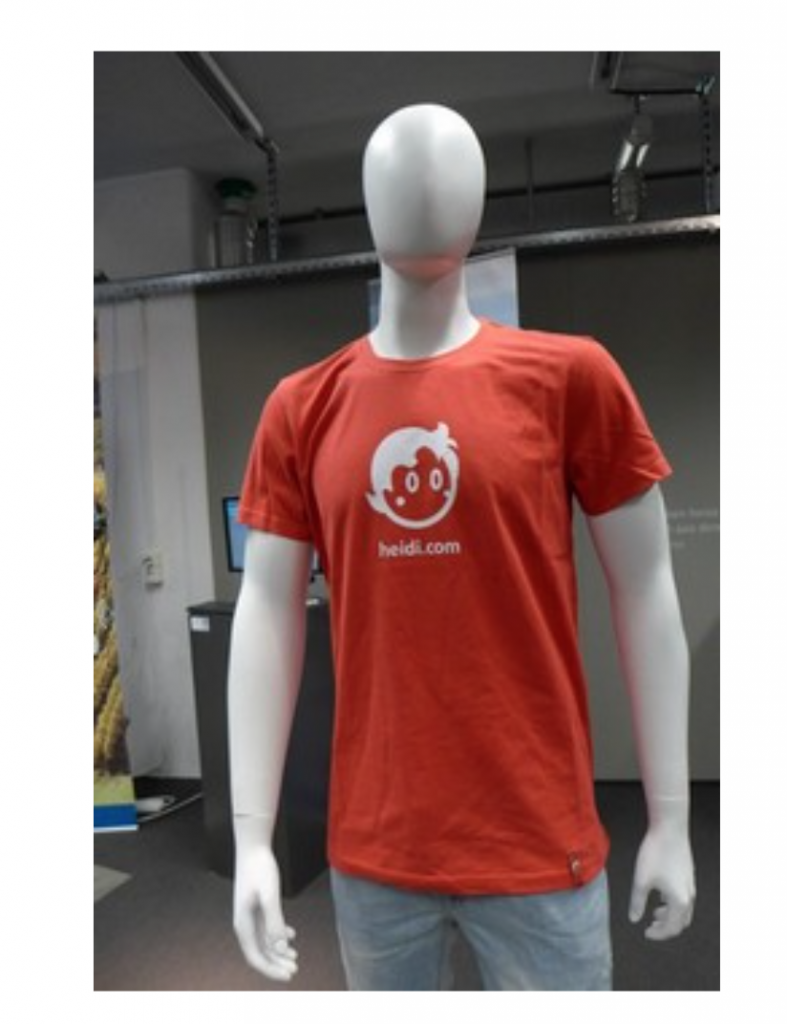Challenges and Solutions
For some time now, the concept of connected devices is spreading to all industries around the globe. Following this trend, the Swiss clothing company Heidi.com was also looking how they can enter the market of smart clothes.
When talking about connected clothes or e-textiles nowadays, producers and designers face the problem of the seamless integration of the various functions. The energy source is a major problem and Photovoltaic cells are often considered to supplement and extend the battery lifetime, however existing solutions are not aesthetically acceptable.
And as we are talking about clothing – design is what matters. The requirement of Heidi.com was that there should not be any visible difference between smart clothes and regular clothes offered by the Swiss SME. Therefore, Heidi.com wanted to have a technology integrated in its clothes that is not visible to the wearer and perfectly fits to the existing design of Heidi.com. For them, it was not an option to have visible Photovoltaic cell.
Within the gateone-project, we could connect Heidi.com’s needs with a technology offered by the research organization CSEM. The Swiss RTO managed to integrate PV cells as power source in the textiles and also in the Heidi-typical logo print.
By today, the main markets for smart textiles are the sports/ fitness market but also the gamification market. With the invisible integration of a power source, Heidi.com made a first step also into corporate clothing. As future markets, Industry 4.0 and Work 4.0 provide great opportunities as well.
Gateone Support
This demonstrator was the first activity Heidi.com did in the field of intelligent clothes and the first collaboration with a research organization. Thanks to the gateone-project, the Swiss SME successfully managed its first step towards smart systems integration in clothing. After the testing of the demonstrator, Heidi.com will do the next step in 2017 when they have to produce 300 t-shirts, for a field test testing in an international exhibition, with this technology including the solar cells provided by CSEM.
Additionally, the research organization CSEM as gained important insights and inspiration how their technology of flexible thin film PV cells can be adopted. The shift of the development approach – to start with the design and in a second step adapt the technology to this – opened new doors.
Impact/What’s next
The gateone-project supported Heidi.com to make a first step towards smart textiles. Thanks to the photovoltaics technology developed by CSEM, the textile company heidi.com has successfully integrated PV for low power consumption applications in an aesthetic way. The T-shirts were already successfully demonstrated during the Olympics in Rio. The demonstrator will be used furthermore during the ASTANA EXPO 2017 in the Swiss Pavilion. The ASTANA EXPO will be the first «design win» for the company, up to 300 pieces will have to be delivered. A larger production will require 1-2 years after the end of the gateone-project.

